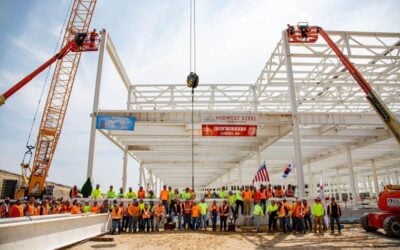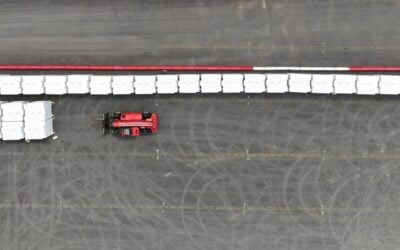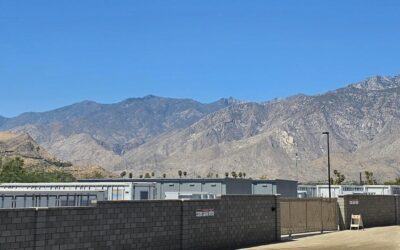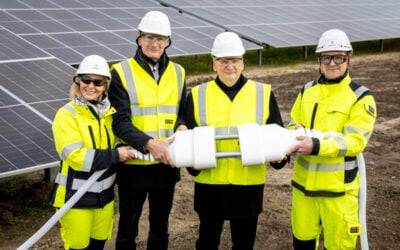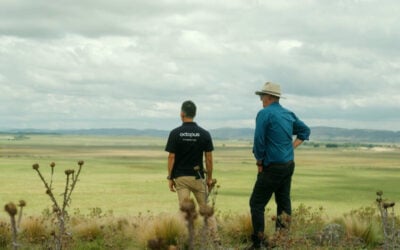Collaborator-competitors: Panasonic also makes its own residential stationary storage systems, shown here at a trade show in Australia. Image: Panasonic.
Panasonic has given the first indication of the expected size of its investment in collaborator-competitor Tesla’s battery Gigafactory, which according to the company’s president could be up to US$1.6 billion.
At the Consumer Electronics Show (CES) in Las Vegas this week, company president Kazuhiro Tsuga told the Wall Street Journal that it could spend up to that amount on the much-awaited Nevada facility, which is expected to cost around US$5 billion.
Tsuga told WSJ reporter Mike Ramsey that Panasonic was “sort of waiting on demand” from Tesla and said that if the automaker could help inspire the mainstream adoption of electric vehicles, it would change the world and provide growth opportunities. This could include supplying in-car display screens and other tech features enabled by the transformation of cars into electronic devices, Tsuga apparently said.
Panasonic-Tesla partnership confirmed as initial Model 3 battery supplier
Try Premium for just $1
- Full premium access for the first month at only $1
- Converts to an annual rate after 30 days unless cancelled
- Cancel anytime during the trial period
Premium Benefits
- Expert industry analysis and interviews
- Digital access to PV Tech Power journal
- Exclusive event discounts
Or get the full Premium subscription right away
Or continue reading this article for free
However, while the WJS report mentioned that stationary storage devices are already being produced at the Nevada Gigafactory, it made scarce to no other mention of home, commercial or utility-scale stationary storage.
Tesla CEO Elon Musk claimed in November that pre-order interest for Powerwall and its commercial/utility-scale Powerpacks was so high that even if just a “small fraction” of orders placed so far were valid, the company would be sold out “well into 2017”. The Gigafactory is scheduled to produce 50GWh of batteries annually per year by 2020.
The first completed phase of the Gigafactory’s construction has been around starting off deliveries of Powerwall and Powerpack. The next big step for ramping up output from that plant will be “closely tied to” the Model 3, Tesla’s forthcoming “affordable” family car, Lux Research analyst Chris Robinson told Energy Storage News in a recent interview.
Talking about this year’s final quarter sales figures for Tesla, Robinson said existing premium models, such as the Model X “is not hugely tied with” the Gigafactory.
“…The Gigafactory is much more closely tied with the success of the Model 3, the ‘affordable’ model. [It should cost in the] mid-US$30,000s – they’re really planning on selling a large volume of those cars and by 2020 they want to be making half a million cars,” Robinson said.
“That’s really what’s more closely tied to the success of the Gigafactory. That being said, certainly for the Model 3 to have a successful launch, this period with Model X, understanding how to ramp up is important.”
A separate report from Japan’s Nikkei Asian Review news site appeared to confirm that the Tesla-Panasonic Gigafactory will be the only supplier of those batteries. Yesterday Nikkei Asian Review quoted an unnamed Tesla official said that Panasonic will be the initial “exclusive supplier” of battery packs to the Model 3, expected to launch in 2017.
Lux’ Robinson said that competition Tesla face was likely to heat up significantly over the next three to four years. Other specialist EV makers like BYD and conventional car manufacturers such as Nissan, as well as possible interest in the space from tech and retail giants Apple, Google and others would make the space fiercely competitive – a prediction Tesla appeared to welcome.
Tesla Model S: the world awaits Tesla’s first “affordable” model, the Model 3, expected in 2017

